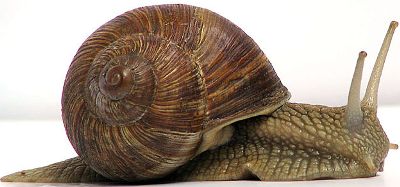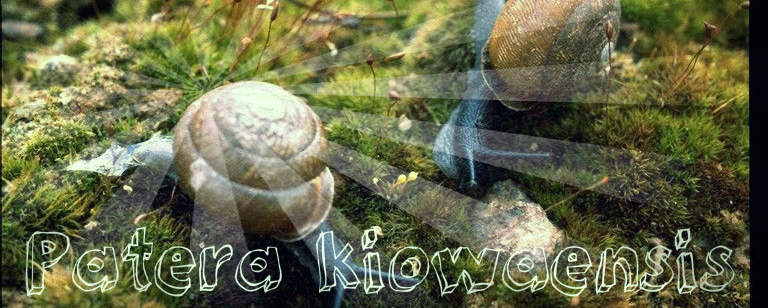Classification
Classification of Patera kiowaensis (Discover Life, Simpson 1888)
Domain: Eukarya
Kingdom: Anamalia
Phylum: Mollusca

Class: Gastropoda
Order: Stylommatophora
Family: Polygyridae
Genus: Patera
Species Name: Patera kiowaensis
Common Name: Drywoods Oval
Taxonomic classification orders a species with descending specificity. The broadest definition of Patera kiowaensis is that it is a member of Eukarya indicating that its cells contain a membrane bound nucleus (Gillis 2012). Members of the animal kingdom are characterized by their heterotrophy and multiple cells which lack cell walls (Hickman 2009). In being classified as a mollusk means that Patera kiowaensis is a soft-bodied invertebrate with bilateral symmetry (Hickman 2009).
Gastropods as a group contain both snails and slugs. Members of this group undergo torsion during early development which involves in the mantle cavity and anus being brought to an anterior position in the body (Hickman 2009). Snails specifically have a single shell and as the class name implies, they have a ‘stomach foot’ which is used for locomotion (Gillis 2012).
The classification Stylommatophora indicates that they have eyes atop a pair of tentacle located atop the mantle (Wikipedia 2012). Patera kiowaensis obtains the ability to breathe air and is known as a pulmonate snail (having lungs instead of gills) (Burch 2001). The family classification of Polygyridae is characterized by having ribbed jaws and a lack of love darts (Myers 2001). Members of this family also have a muscle which allows the snail to retract the tentacles and pharynx (Myers 2001). simultaneously.

Species in the genus Patera have a distinct umbilicated shell with a thick peristome (Myers 2001). Patera comes from the Latin word meaning bowl. The species Patera kiowaensis is unique among Patera by having a long penis which is about the length of the shell (Pilsbry 1940). This snail also has a very compact shell with whorls that slowly widen as they descend (Pilsbry 1940).
Discover where to find Patera kiowaensis in Habitat and Geography or Go to Home Page
